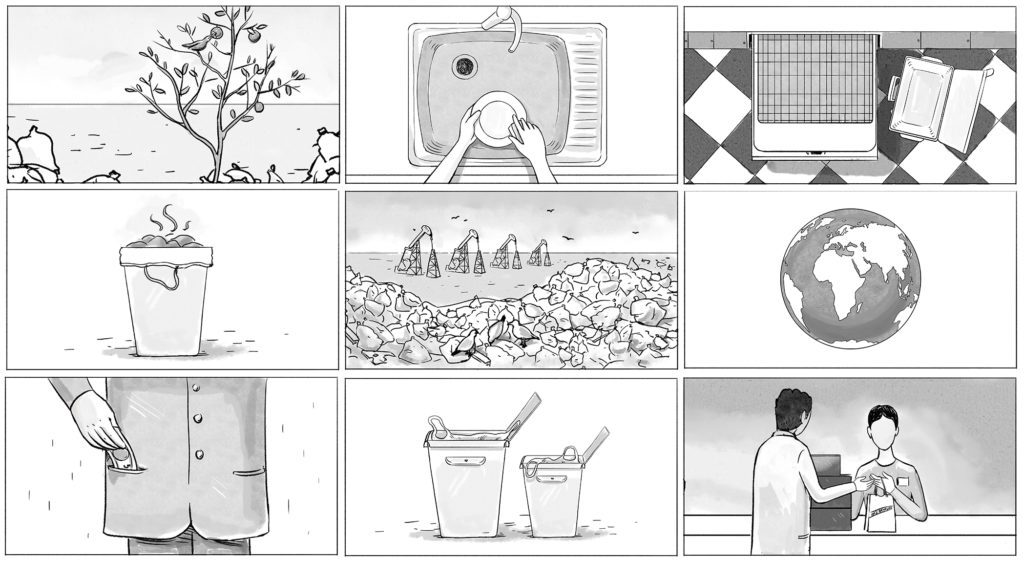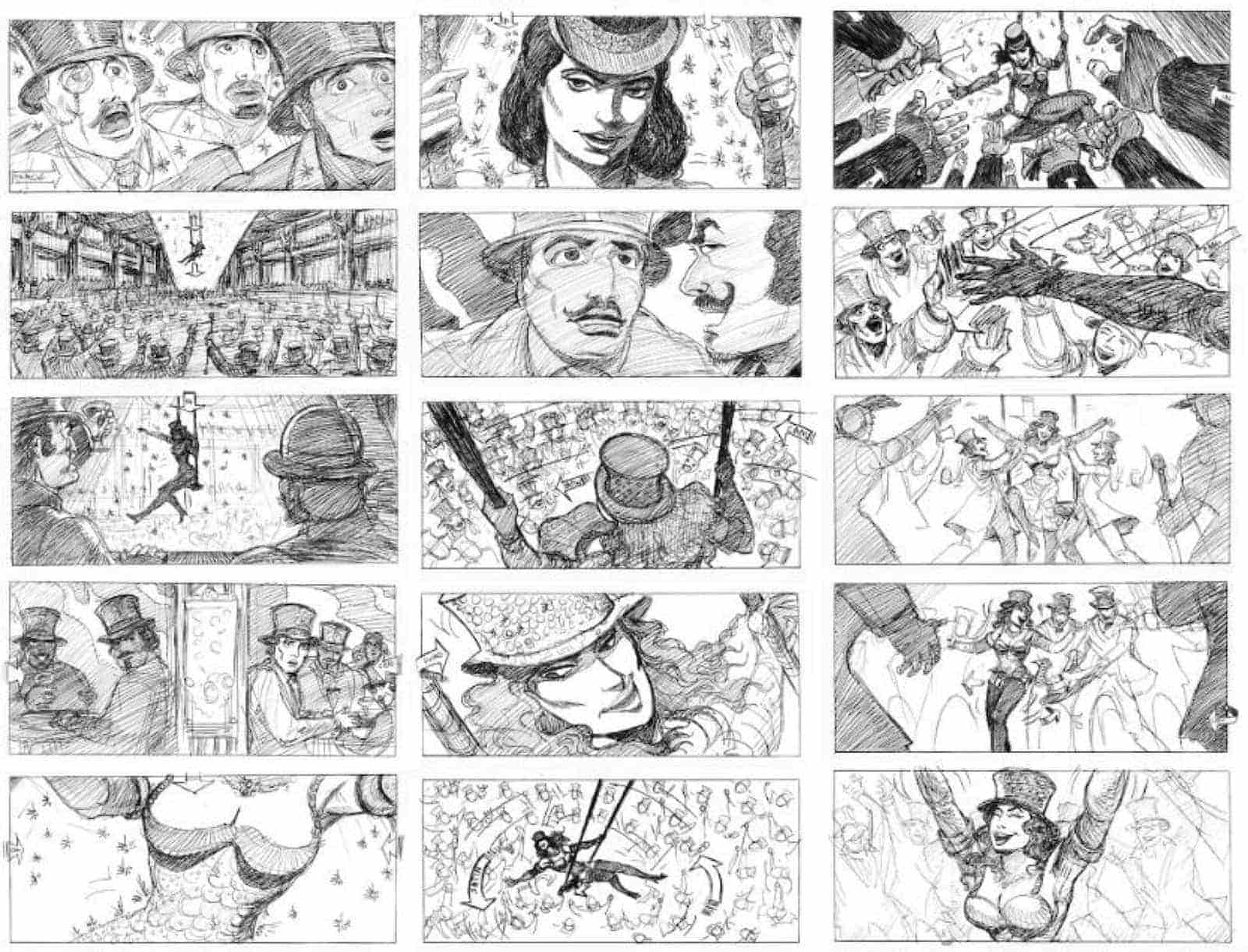An Exploration Of The Art Of Storyboarding In Animation And Film
Have you ever wondered what a storyboard is and why it is important to use one in your creative projects? In this article, we will explore the concept of storyboards and why they are a crucial tool for any creative professional to use.

A storyboard is a visual representation of your project, typically broken down into scenes or sections. It is a way to plan out your creative ideas in a structured format, mapping out the specific details of your project before it is even created.
One of the primary benefits of using a storyboard is that it allows you to identify and address any issues with your creative ideas before you start working on the actual project. By creating a roadmap for your project with a storyboard, you can easily identify any areas that need improvement or further development.
Another significant advantage of storyboarding is that it helps to streamline the creative process. By mapping out your project in advance, you can save time and resources by avoiding unnecessary revisions and changes down the line. This level of planning also helps to ensure that your final product meets your initial creative vision.
Storyboarding is also a valuable communication tool, allowing you to easily share and collaborate on your project with others. Whether you work in a team or with a client, a well-crafted storyboard can help to convey your creative ideas and ensure that everyone is on the same page.
When creating a storyboard, it's essential to pay attention to the details. Each scene should be carefully designed to elicit the specific emotion or reaction that you are looking to capture. The colors, fonts, and imagery used should all be carefully chosen based on your target audience and the message you are trying to convey.
As a creative professional, it's crucial to continuously hone your skills and explore new techniques to improve your craft. Storyboarding is an excellent way to take your creative thinking to the next level, helping you to plan and execute projects with precision and efficiency.
Now that you understand the importance of storyboarding, let's take a closer look at how to create a storyboard that will help you achieve your creative goals.
Step 1: Define Your Project Goals
Before you start creating your storyboard, you need to clearly define the goals of your project. What message are you trying to convey, and who is your target audience? What emotions or reactions do you want to elicit from your viewers? By identifying these crucial details, you can ensure that your storyboard is designed to achieve your specific creative goals.
Step 2: Determine Your Visual Style
Your visual style should be cohesive and well-defined, helping to communicate your message effectively. Consider the color palette, typography, and imagery that will best convey the mood and tone of your project.
Step 3: Break Your Project into Scenes
The next step is to break your project down into individual scenes or sections. Each scene should have a clear purpose and move your project forward. You can create a rough sketch of each scene or use stock imagery to create a more detailed visual representation.
Step 4: Add Annotations and Notes
Annotations and notes should be added to each scene to help you and others understand the creative direction of your project fully. These annotations could include notes on camera angles or character positioning, sound effects, or music choices.
Step 5: Organize Your Scenes into a Storyboard
The final step is to organize your scenes into a storyboard. This can be done through a digital platform or by printing out your images and arranging them into a physical storyboard. Your storyboard should be easy to navigate, and each scene should flow smoothly from one to the next, telling a cohesive story.
In conclusion, storyboarding is an incredibly useful tool for any creative professional. By taking the time to plan out your project in advance, you can avoid potential issues and ensure that your final product meets your creative goals. Follow the steps outlined in this article to create a well-crafted storyboard that will help you to achieve your creative vision.
Remember, the key to successful storyboarding is attention to detail, a clear understanding of your project goals, and a cohesive visual style that ties everything together. Practice your storyboarding skills regularly, and you'll find that your creative work is more efficient, effective, and impactful.


Comments
Post a Comment